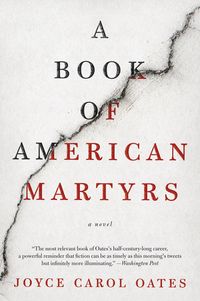
Tiff was a nickname Timothy Findley went by. He has been one of my favorite writers for over 30 years and I never new that, nor did I know much about his life. I’ve read most of his novels but I can now better place them in time and in the context of the author’s life. This biography follows a chronological approach to the author’s life tracing his most important life events, relationships, and works. The author relies on the extensive records left by Timothy Findley (diaries, letters, research notes, and successive drafts of his works) as well as on interviews from people who knew him.
What I found most interesting was the links between the lifes of family members and characters and plots appearing in his works. I will certainly reread them with a different outlook given this additionnal knowledge. This biography was clearly written and quite a joy to read. It has made me want to pick up the few novels I am missing and to reread the ones I already have.
Reference:
Grace, Sherrill. Tiff: A Life of Timothy Findley. Wilfrid Laurier University Press, 2020.
Other things:
https://reviewcanada.ca/magazine/2020/10/personal-battlegrounds/






You must be logged in to post a comment.